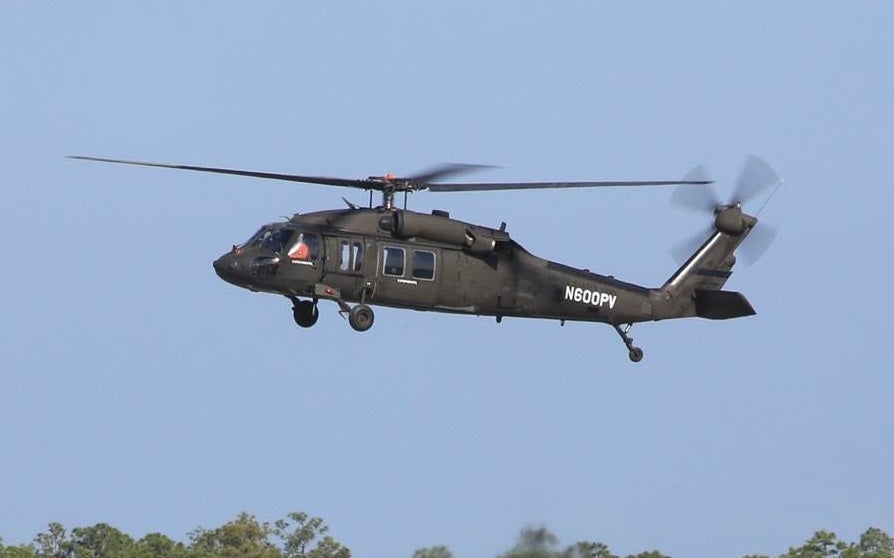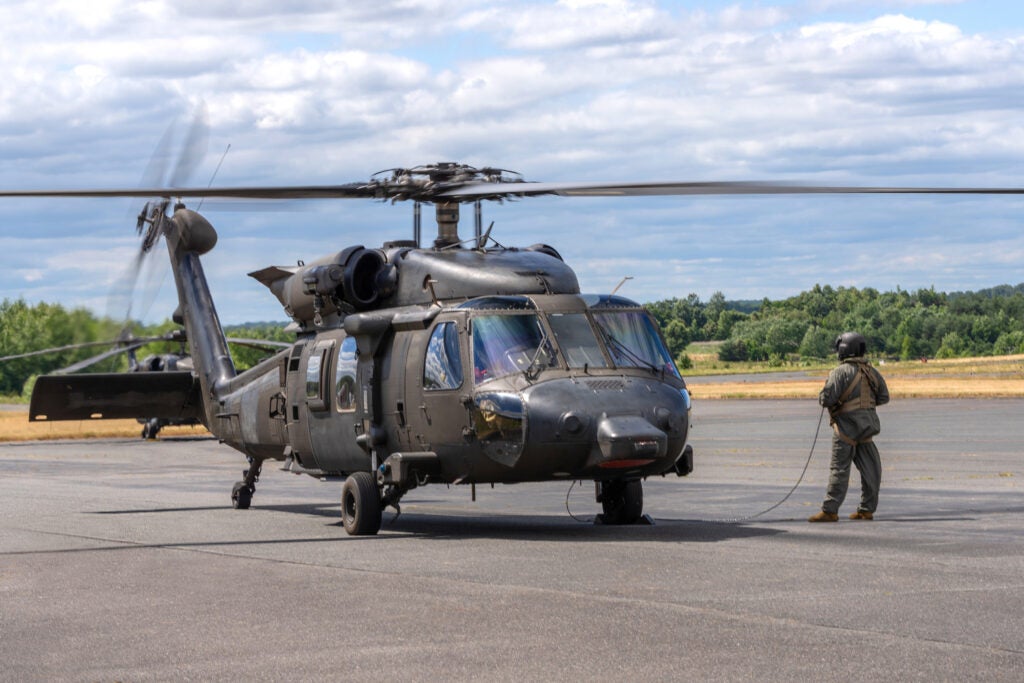DARPA Taps Sikorsky Flight Automation For Army Black Hawk Testbed
Sikorsky announced Monday that it had been awarded a $6 million contract from the Defense Advanced Research Projects Agency to install its ALIAS/MATRIX flight autonomy system into a testbed UH-60M Black Hawk owned by the U.S. Army.
The testbed helicopter is operated by the Army’s Combat Capabilities Development Command (DEVCOM). Designated MX, the helicopter will have the MATRIX system integrated in it in 2025. The MX helicopter previously received fly-by-wire flight controls in 2020 as part of an earlier stage of ALIAS (Aircrew Labor In-cockpit Automation System) development, replacing the mechanical flight controls standard across most of the Army’s Black Hawk fleet.
The upgraded MX will be used to test and evaluate autonomy capabilities ranging from single pilot operations to fully unmanned flights. Specific testing areas listed by Sikorsky include the assessment of different sensor suites to perceive and avoid threats, obstacles and terrain, development of standards and system specifications interfaced with the MATRIX system, and a fly-by-wire flight control system.

According to Sikorsky, the upgraded MX helicopter will be a “near-exact copy” of Sikorsky’s own UH-60A fly-by-wire Optionally Piloted Black Hawk helicopter, which has been used to test and demonstrate automation of the Black Hawk over “hundreds” of flight hours. In July 2024, Sikorsky demonstrated to U.S. service personnel and senior Department of Defense officials how the Optionally Piloted Black Hawk could be flown and controlled by an operator in the helicopter’s cabin, or on the ground by entering high level mission goals via a tablet.
“Autonomy-enabled aircraft will reduce pilot workload, dramatically improve flight safety, and give battle commanders the flexibility to perform complex missions in contested and congested battlespace, day or night in all weather conditions,” said Rich Benton, Sikorsky vice president and general manager. “Soldiers will rely on Black Hawk helicopters into the 2070s, and modernizing the aircraft today will pay dividends for decades across Army Aviation’s current and future aircraft.”

